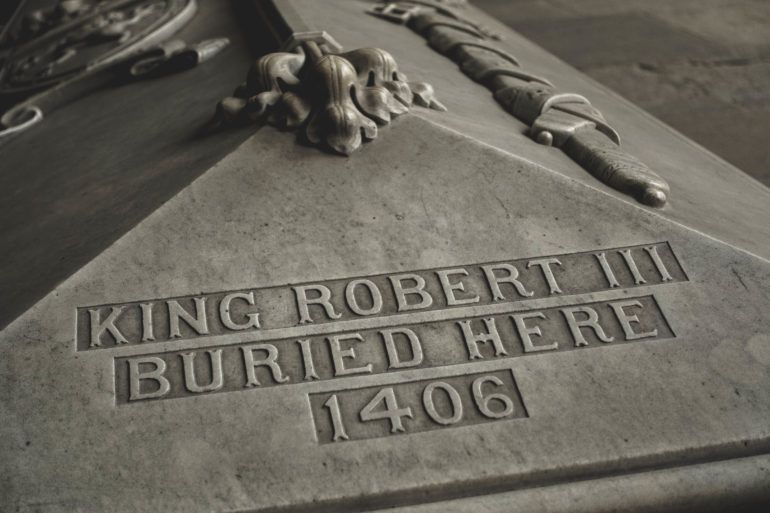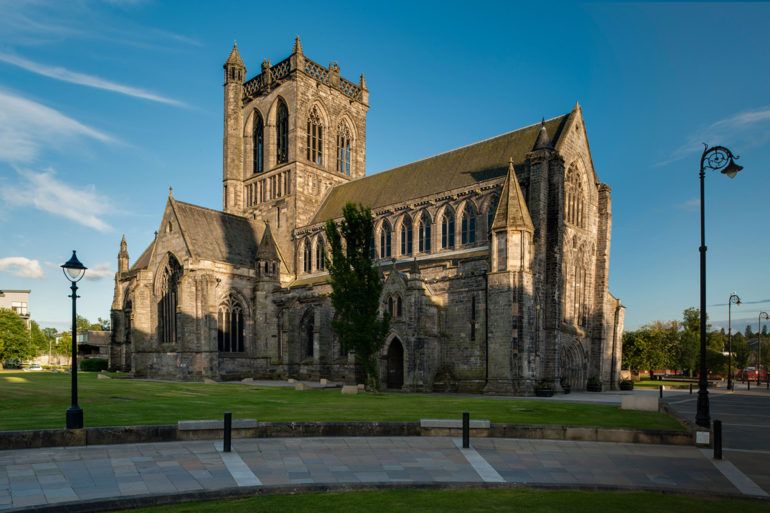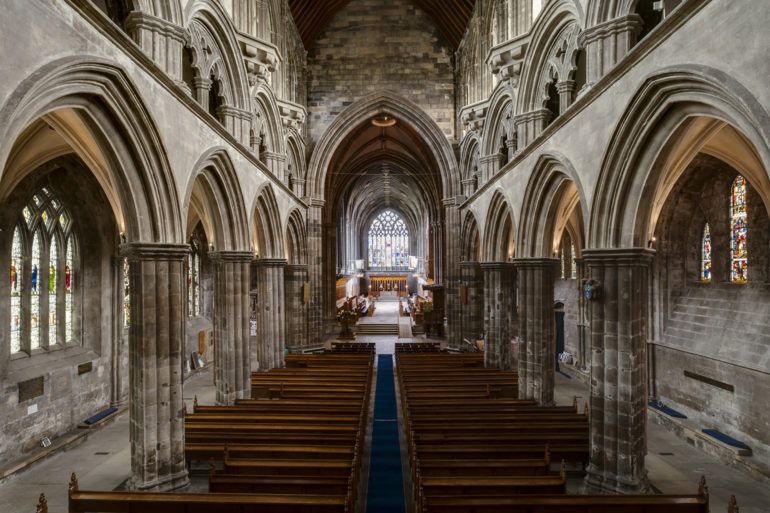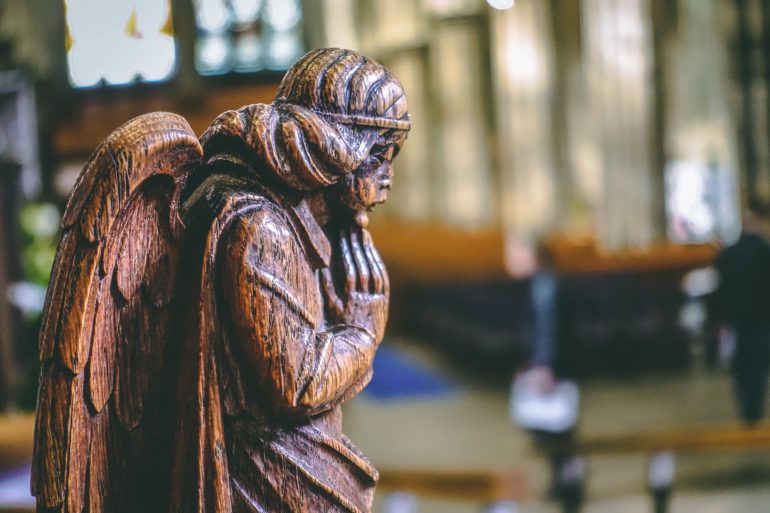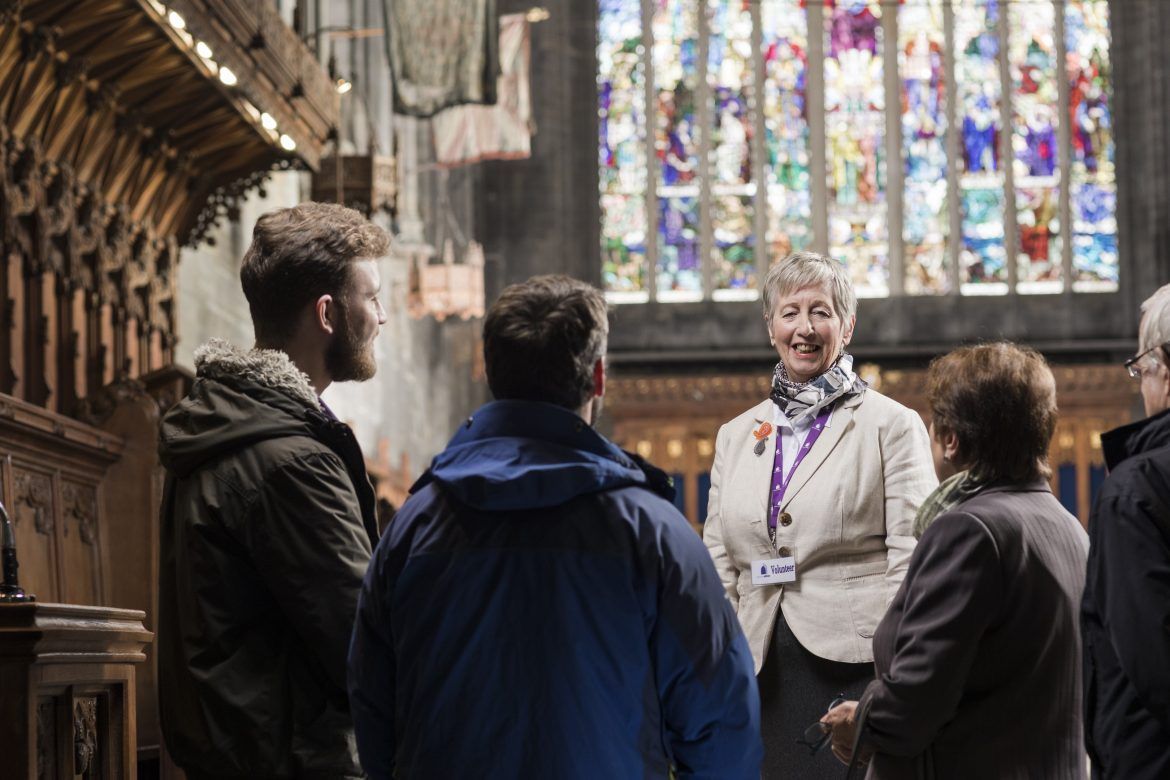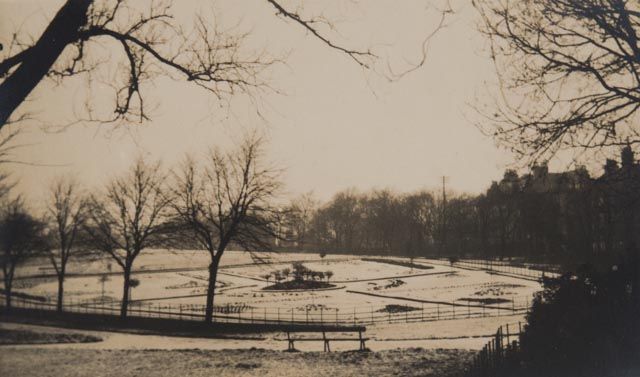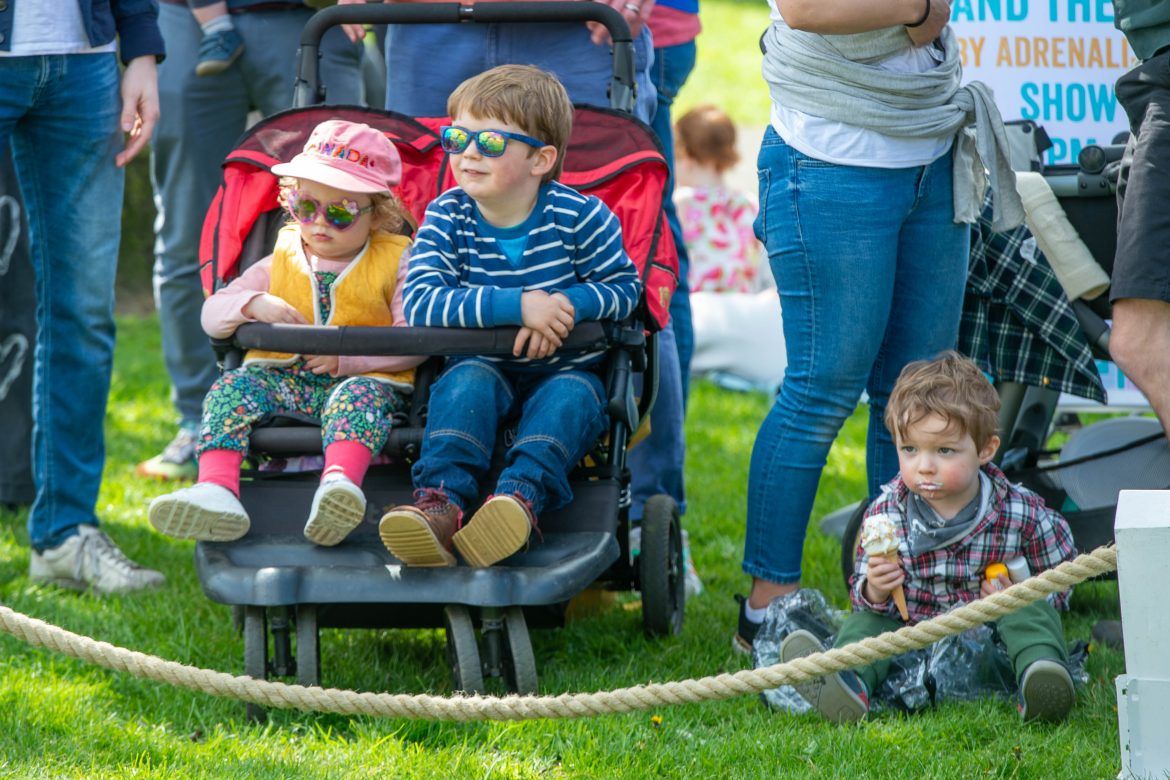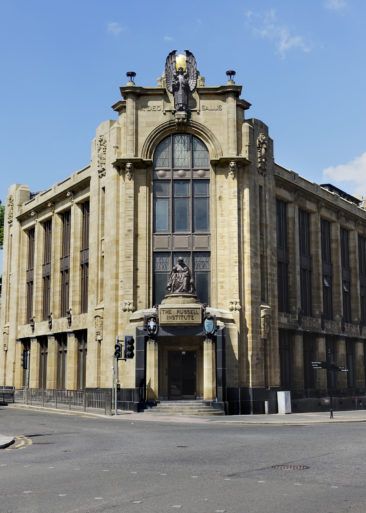You may have seen the hit Netflix show Outlaw King telling the story of Robert the Bruce – but did you know Paisley’s medieval Abbey has links to King of Scots and a rich royal heritage?
The Abbey dates back to the 12th century and is recognised as the ‘Cradle of the Royal House of Stewart’ due to its ties to the family.
Paisley Abbey was founded when Walter Fitzalan, the High Steward of Scotland – whose descendants became the House of Stewart/Stuart – signed a charter for the priory to be set up in land he owned in Paisley in 1163.
Set up on the site of an old Celtic church by 13 monks, the priory was raised to the status of an Abbey in 1245. The Abbey was dedicated to four saints; St. Mary, St. James, St. Milburga and St. Mirin, who brought Christianity to the church site in the 6th century.
The Abbey would go on to be wealthy and influential under royal patronage, with extensive trade between the Paisley location and commercial centres in Europe. Paisley Abbey would also become a centre for learning. Sir William Wallace, who was a key figure in the Wars of Scottish Independence in the 13th century, is believed to have been educated by the monks of Paisley Abbey.
Much of the original building was burned down in 1307, but it was rebuilt later in the 14th century.
In 1315, Walter Stewart, the 6th High Steward of Scotland, married Marjory Bruce, the daughter of the famous Scottish king Robert the Bruce. The following year, a heavily pregnant Marjory fell while out horse riding near Paisley Abbey. She was taken to the Abbey infirmary where she tragically died, but her unborn child was saved after a caesarean delivery. The child would become King Robert II of Scotland, the first of the Stewart monarchs. This led the Abbey to claim itself as the ‘cradle of the Royal House of Stewart.’
The Stewarts – one of the most enduring royal dynasties in Scottish history – began with Robert II taking the throne as King of Scots in 1371. The Abbey is also the final resting place of six High Stewards of Scotland, Princess Marjory Bruce, the wives of King Robert II and King Robert III.
In 2016, Paisley celebrated its royal connections as the Abbey marked the 700th anniversary as the birthplace of the first Stewart king. A special medieval fayre turned the clocks back to 1316, with the surrounding Abbey Close transformed into a medieval campsite for the day. Visitors could enjoy a working kitchen, hog roast, stocks, custom-made weaponry displays and falconry shows.
You can explore the history of Paisley Abbey for yourself, along with its Gift Shop and Coffee Shop, every Monday to Saturday from 10am to 3pm. Services take place every Sunday at 11am, 12:15pm and 4pm on Sundays, while a host of fabulous events are held at the Abbey throughout the year.
